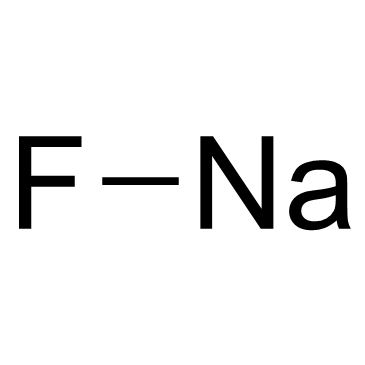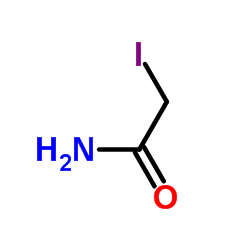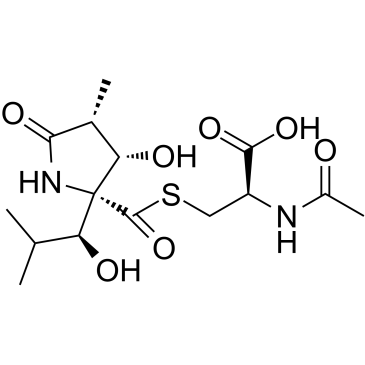| 结构式 | 名称/CAS号 | 全部文献 |
|---|---|---|
 |
氟化钠
CAS:7681-49-4 |
|
 |
氯化钠
CAS:7647-14-5 |
|
 |
丙酮
CAS:67-64-1 |
|
 |
十二烷基硫酸钠
CAS:151-21-3 |
|
 |
碘代乙酰胺
CAS:144-48-9 |
|
 |
去氧胆酸钠
CAS:302-95-4 |
|
 |
氯化钠-35cl
CAS:20510-55-8 |
|
 |
乳胞素
CAS:133343-34-7 |
|
 |
氢化可的松
CAS:50-23-7 |
|
![4-(4-甲基哌嗪-1-基)-7-(三氟甲基)吡咯并[1,2-a]喹喔啉马来酸盐 结构式](https://image.chemsrc.com/caspic/369/1350965-83-1.png) |
4-(4-甲基哌嗪-1-基)-7-(三氟甲基)吡咯并[1,2-a]喹喔啉马来酸盐
CAS:1350965-83-1 |